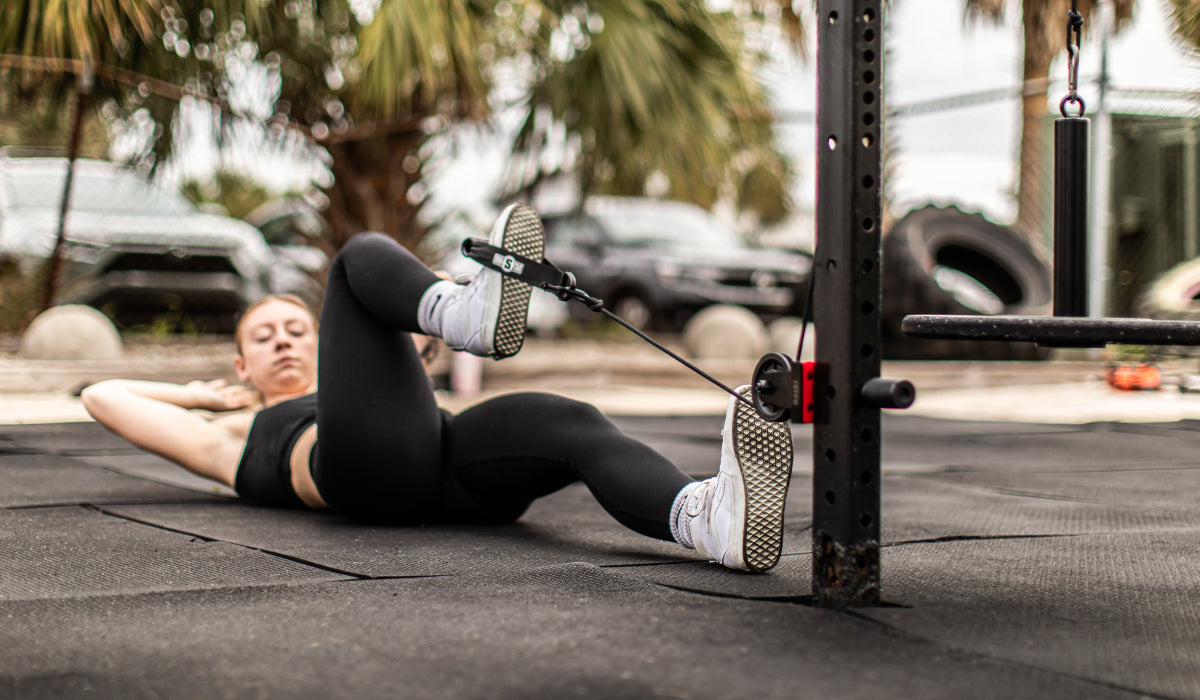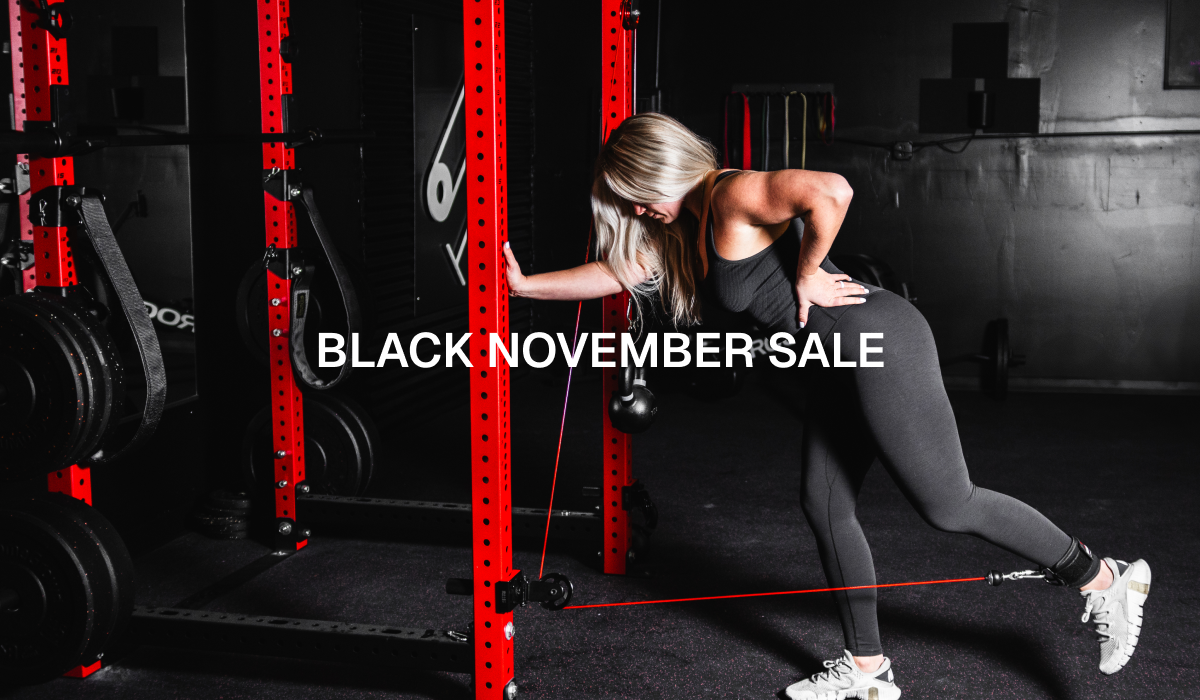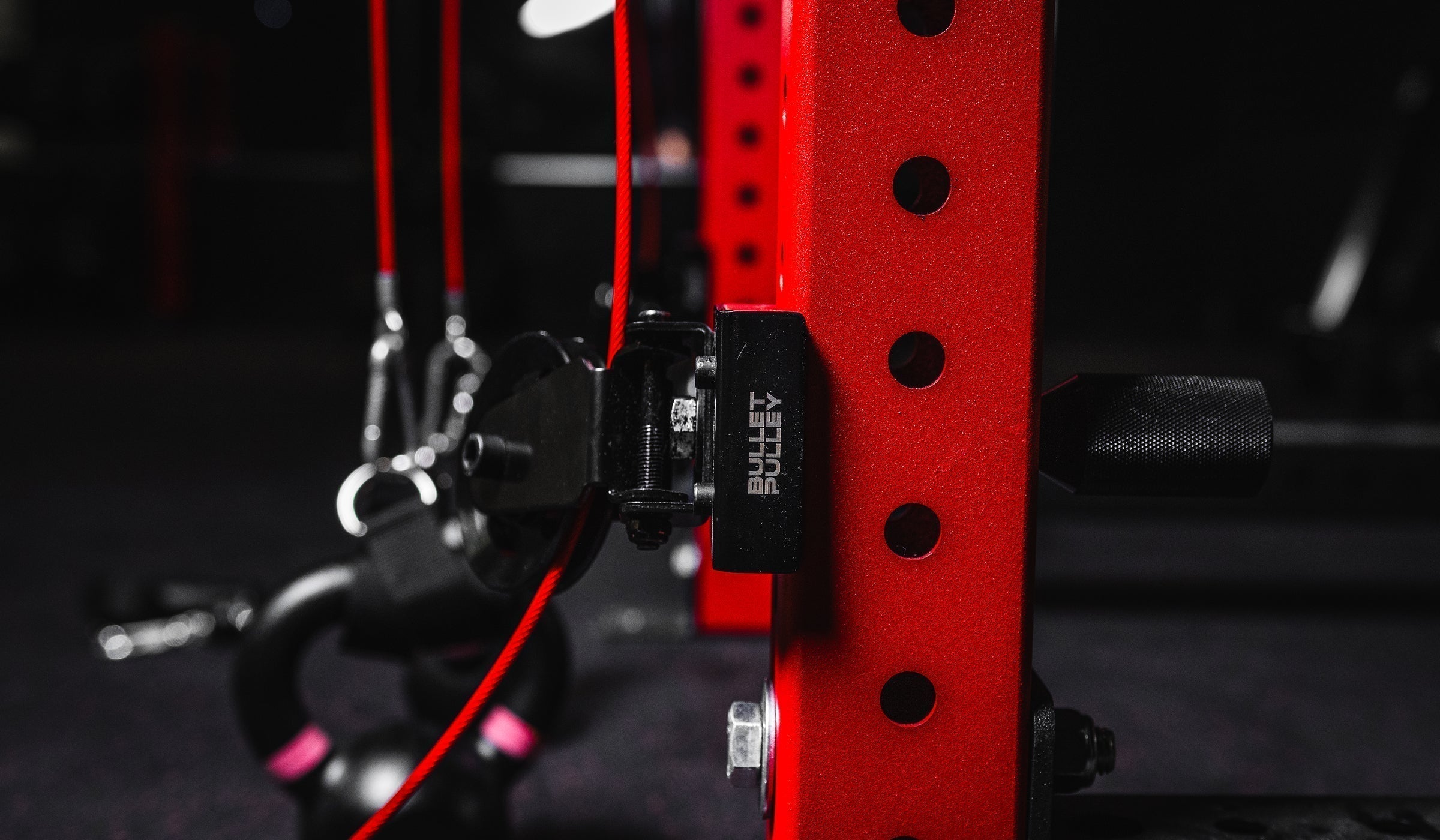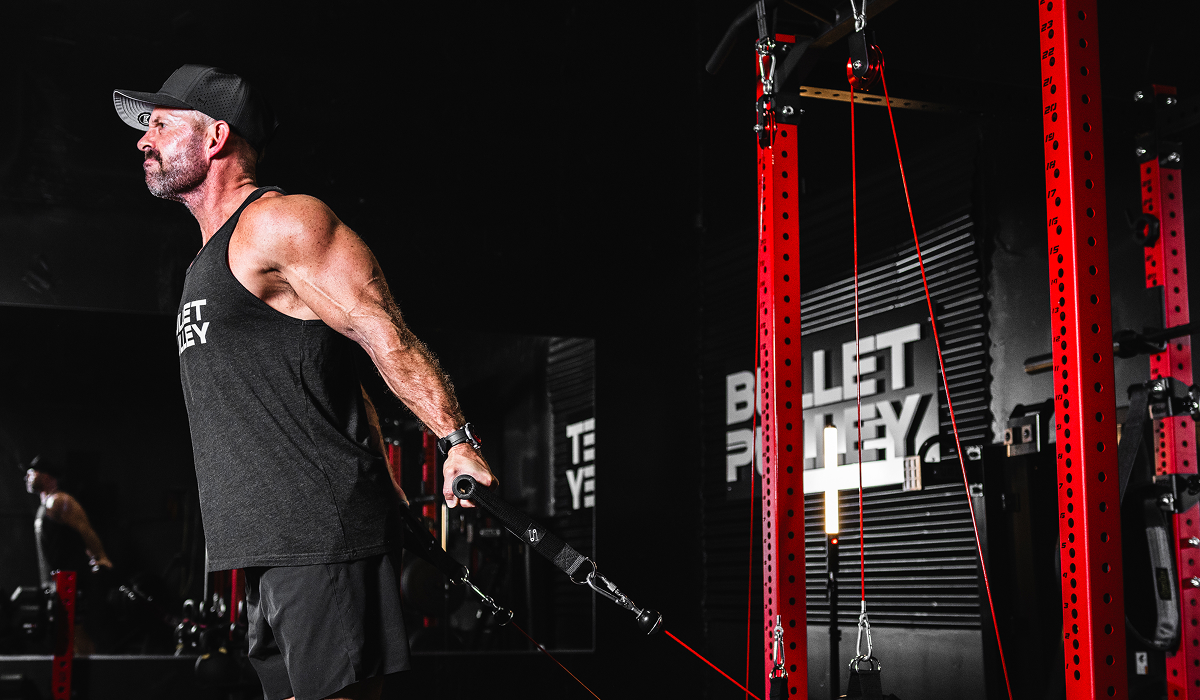As we age, joint health becomes a priority. Stiffness, arthritis, or years of wear and tear can make traditional workouts intimidating or even painful. The good news is that staying active doesn’t have to mean pounding your joints on a treadmill or lifting heavy weights. Enter the pulley system: a simple yet effective tool that offers low-impact, joint-friendly exercise options to improve strength, mobility, and overall well-being.
In this blog, we’ll explore why the pulley system is ideal for older adults, its benefits, and a series of safe exercises to incorporate into your fitness routine.
Why Choose a Pulley System?
The pulley system, commonly found in gyms or as a portable home workout tool, uses cables and weights (or resistance) to create smooth, controlled movements. This design reduces strain on the joints while still effectively engaging the muscles.
Here’s why it’s particularly beneficial for older adults:
Low-Impact Movements: Unlike high-impact exercises like running or jumping, the pulley system allows you to perform exercises in a fluid motion, minimizing stress on your knees, hips, and shoulders.
Adjustable Resistance: Whether you’re a beginner or a seasoned exerciser, you can customize the resistance to match your current strength level and gradually increase it over time.
Improved Range of Motion: Pulley exercises encourage joint mobility by guiding your movements through a natural range, helping to reduce stiffness.
Support for Functional Strength: The system mimics daily activities like pulling, lifting, or pushing, making it ideal for improving the functional strength needed for everyday tasks.
Tips for Safe Pulley Workouts
Before diving into exercises, keep these safety tips in mind:
-
Warm Up First: Spend 5–10 minutes doing light cardio or dynamic stretches to prepare your body for exercise.
-
Focus on Form: Perform each movement with control and precision. Avoid jerky or rapid motions that could strain your muscles.
- Start Light: Begin with low resistance and increase it only as you feel comfortable.
-
Listen to Your Body: If an exercise causes pain or discomfort, stop immediately and consult a professional if needed.
Top Low-Impact Exercises with a Pulley System
Below are five practical exercises that prioritize joint health and functional strength:
-
Seated Row
Target Muscles: Back, shoulders, biceps
- Sit on a sturdy chair or bench facing the pulley.
- Grasp the handles with both hands, keeping your arms extended in front of you.
- Pull the handles toward your torso, squeezing your shoulder blades together.
-
Slowly return to the starting position.
Why It’s Great: This exercise improves posture and strengthens the upper back, which helps reduce shoulder and neck tension.
-
Standing Chest Press
Target Muscles: Chest, shoulders, triceps
- Stand facing away from the pulley, holding the handles at chest level.
- Step one foot forward for stability.
- Push the handles forward until your arms are fully extended.
-
Return to the starting position with control.
Why It’s Great: This movement strengthens your chest and shoulders without overloading your joints.
-
Side Lateral Raises
Target Muscles: Shoulders, core
- Stand sideways to the pulley, holding the handle with the hand farthest from the machine.
- Raise your arm out to the side until it’s shoulder height.
- Lower it slowly and repeat before switching sides.
Why It’s Great: This exercise builds shoulder stability, which is crucial for preventing injuries during daily activities.
-
Cable Squats
Target Muscles: Legs, glutes, core
- Attach the pulley to a low position and hold the handles with both hands.
- Step back so the cable is taut, and perform a squat by bending at your knees and hips.
- Return to a standing position.
Why It’s Great: Squats strengthen your lower body without putting undue pressure on your knees, especially with the added support of the cable.
-
Overhead Tricep Extensions
Target Muscles: Triceps, shoulders
- Stand facing away from the pulley, holding the handle with both hands behind your head.
- Extend your arms upward until they are fully straightened.
- Lower them back down slowly.
Why It’s Great: This movement helps tone the back of the arms while promoting shoulder flexibility.
The Benefits Beyond Exercise
Incorporating a pulley system into your routine goes beyond just physical fitness. Here are a few additional benefits:
Increased Confidence: As you gain strength and mobility, everyday tasks like carrying groceries or climbing stairs become easier.
Reduced Risk of Falls: Strengthening your core and lower body improves balance, a crucial factor in preventing falls as you age.
Mental Well-Being: Exercise releases endorphins, which can boost mood and reduce symptoms of anxiety or depression.
Making It a Habit
To see the best results, aim to perform pulley exercises 2–3 times weekly. Combine them with light cardio, such as walking or swimming, and flexibility exercises, like yoga or stretching.
If you’re new to fitness or managing a specific condition, consider consulting a physical therapist or certified trainer who can tailor a program to your needs.
Closing Thoughts
Staying active doesn’t mean pushing your body beyond its limits. With the pulley system, you can build strength, improve mobility, and protect your joints while enjoying a low-impact, joint-friendly workout. It’s never too late to prioritize your health, and the pulley system offers a gentle yet powerful way to stay strong and mobile as you age.
So, grab those cables, adjust the resistance, and start moving toward a healthier, happier you!






Share:
Flat Belly Workouts at Home
Pulley HIIT for a Faster Metabolism